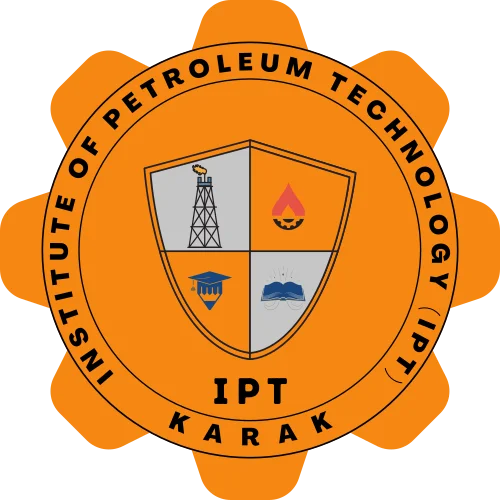District Karak is one of the prominent districts in the southern part of Khyber Pakhtunkhwa (KPK), Pakistan. With Karak city as its headquarters, the district lies along the Indus Highway (N-55), making it strategically important as a connecting route between northern and southern Pakistan. Karak is bounded by Kohat to the north, Hangu to the northwest, Bannu to the southwest, and Lakki Marwat to the south.The district is primarily inhabited by the Khattak tribe of Pashtuns, known for their rich cultural heritage, bravery, and strong traditions. Pashto is the dominant language, while Urdu and English are also understood among educated communities. Karak has one of the highest literacy rates in KPK’s southern districts, reflecting the people’s commitment to education and development.
Geography & Climate
Karak spans a semi-arid landscape with hills, plains, and rocky terrains. The district’s climate is generally dry, with hot summers and mild winters. Despite its arid conditions, the land supports seasonal agriculture, while underground resources play a more dominant role in the local economy. The natural scenery, including Makh Banda Dam, Zebi Dam, Changhoz Dam, Dhandi Edal Khel Lake and Green Hilly area of Sabirabad, add to its geographical charm.
History & People
Historically, Karak has been a homeland of the Khattak tribe, whose lineage can be traced back centuries. The Khattaks have contributed to Pashto literature, poetry, and culture, with renowned figures such as Khushal Khan Khattak, the great warrior poet of the 17th century, belonging to this tribe. The people are known for their hospitality, simplicity, and resilience. Many residents also serve in the Pakistan Army, education, and technical professions both locally and abroad.
Economy of Karak
The economy of Karak revolves around three major sectors:
- Oil and Gas Exploration
- Karak is considered one of Pakistan’s richest districts in terms of hydrocarbon reserves.
- Fields such as Makori, Gurguri, Latamber, and Nashpa have been significant contributors to the national oil and gas supply.
- The district produces thousands of barrels of oil per day, along with natural gas and condensates, making it a backbone of Pakistan’s energy sector.
- This has created opportunities for both local employment and industrial growth.
- Mineral Resources
- Karak is home to the Bahadur Khel salt mines, which are among the largest in Asia. The salt extracted here is of exceptionally high quality and widely used across the country.
- Other minerals include gypsum, limestone, silica, and coal, which hold strong potential for industrial use and export.
- Exploration of these resources continues to uncover new opportunities for development.
- Agriculture and Livestock
- While less dominant compared to minerals, agriculture still plays a role in rural livelihoods.
- Major crops include wheat, maize, and millet, while livestock farming (goats, sheep, and cattle) supports household economies.
Oil, Gas, and Mineral Significance
The significance of Karak’s natural wealth cannot be overstated:
- Oil Reserves: Karak is among Pakistan’s leading oil-producing districts. Its production has reduced the country’s reliance on imported petroleum products.
- Gas Fields: Natural gas from Karak contributes to power generation, household consumption, and industrial use.
- Salt Reserves: Bahadur Khel salt mines are estimated to contain millions of tons of deposits, placing Karak alongside Khewra as one of Pakistan’s salt-rich regions.
- Strategic Value: With ongoing exploration projects, Karak remains central to Pakistan’s energy strategy, offering opportunities for foreign investment, technology transfer, and local industrial growth.
Education & Human Resource Development
Karak’s relatively high literacy rate makes it unique among southern districts of KPK. A strong emphasis on education has resulted in a large number of professionals working in engineering, medicine, defense, and government services. Many people from Karak work abroad in the Middle East, contributing to the local economy through remittances.
Role of IPT Karak
The establishment of the Institute of Petroleum Technology (IPT), Karak is a landmark initiative designed to align the district’s natural wealth with technical education. The institute aims to:
- Train a skilled workforce to meet the growing demands of Pakistan’s oil, gas, and mineral sectors.
- Provide diploma-level education and technical training in drilling, exploration, and petroleum technology.
- Create employment opportunities for local youth by equipping them with modern technical skills.
- Contribute directly to Pakistan’s energy security and industrial growth.
By bridging education with industry needs, IPT Karak not only serves the local community but also plays a vital role in strengthening the national energy sector.
Conclusion
District Karak stands as a unique blend of culture, history, and modern energy significance. With its abundant oil, gas, and mineral resources, coupled with a highly literate and ambitious population, Karak holds immense potential for future growth. The presence of IPT Karak symbolizes a forward-looking approach, ensuring that the region’s natural wealth is complemented by human resource development, technical expertise, and sustainable progress.
